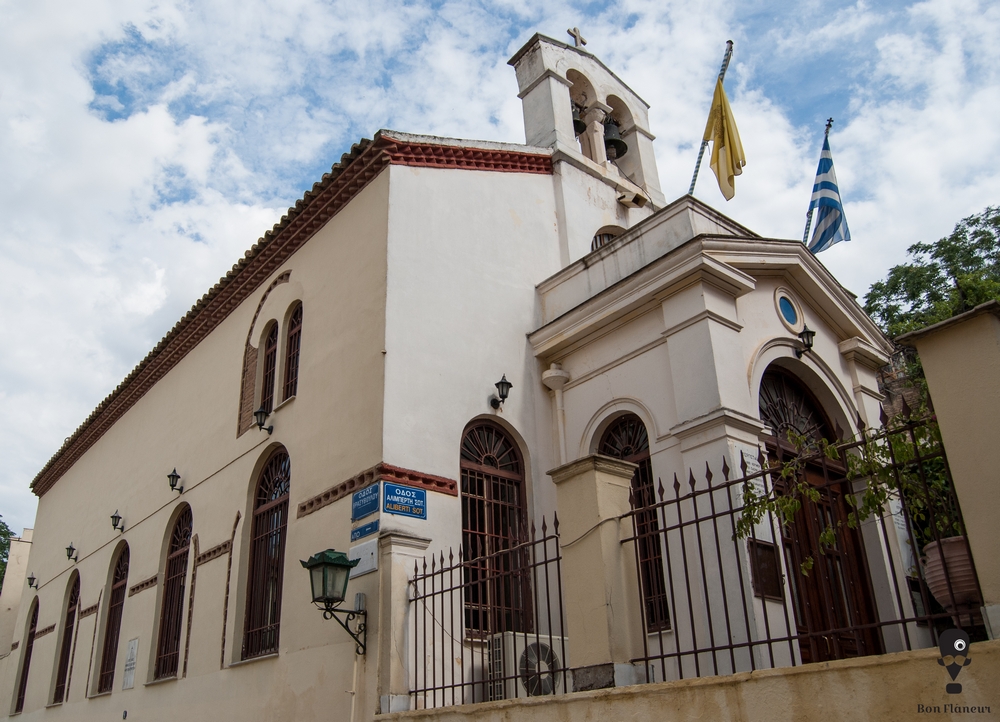Church of Our Lady Chrysokastriotissa
The church of Our Lady Chrysokastriotissa is of neobyzantine architecture with neoclassical elements.
Location
Timeline
Modern and Contemporary era (1821 - )
Ottoman era (1453- 1821)
Byzantine era (331 AC- 1453)
The church’s original architecture is of the 12th century. Its current architecture is based on that of the 17th century.





Share